Albert Manero wins Fulbright Fellowship to conduct doctoral research at DLR in Cologne, Germany
High-energy X-ray phase analysis of CMAS-infiltrated 7YSZ thermal barrier coatings: Effect of time and temperature
Read our paper in Journal of Materials Research
Abstract:
Calcium–magnesium–alumino-silicate (CMAS) particulates enter the aero-engine in a sandy environment, melt and infiltrate into 7 wt% yttria-stabilized zirconia (7YSZ) thermal barrier coatings (TBCs), reducing their lifetime. This leads to chemical degradation in 7YSZ accompanied by tetragonal to monoclinic phase transformation upon cooling. In this work, electron-beam physical vapor deposition coatings were infiltrated with a synthetic CMAS. Synchrotron X-ray diffraction measurements show that CMAS infiltration at 1250 °C has about 43% higher monoclinic phase volume fraction (PVF) at the coating surface compared to 1225 °C and remains consistently higher throughout the coating depth. Additionally, the increase in annealing time from 1 to 10 h results in a 31% higher monoclinic phase at the surface. Scanning electron microscopy revealed the presence of globular monoclinic phases corresponding spatially with the above findings. These results resolve the impact of time and temperature on CMAS infiltration kinetics which is important for mitigation.
To view more posts like this, check out the Highlights page here.
You can also hear about Zachary’s paper in the All Audio Posts page here.
